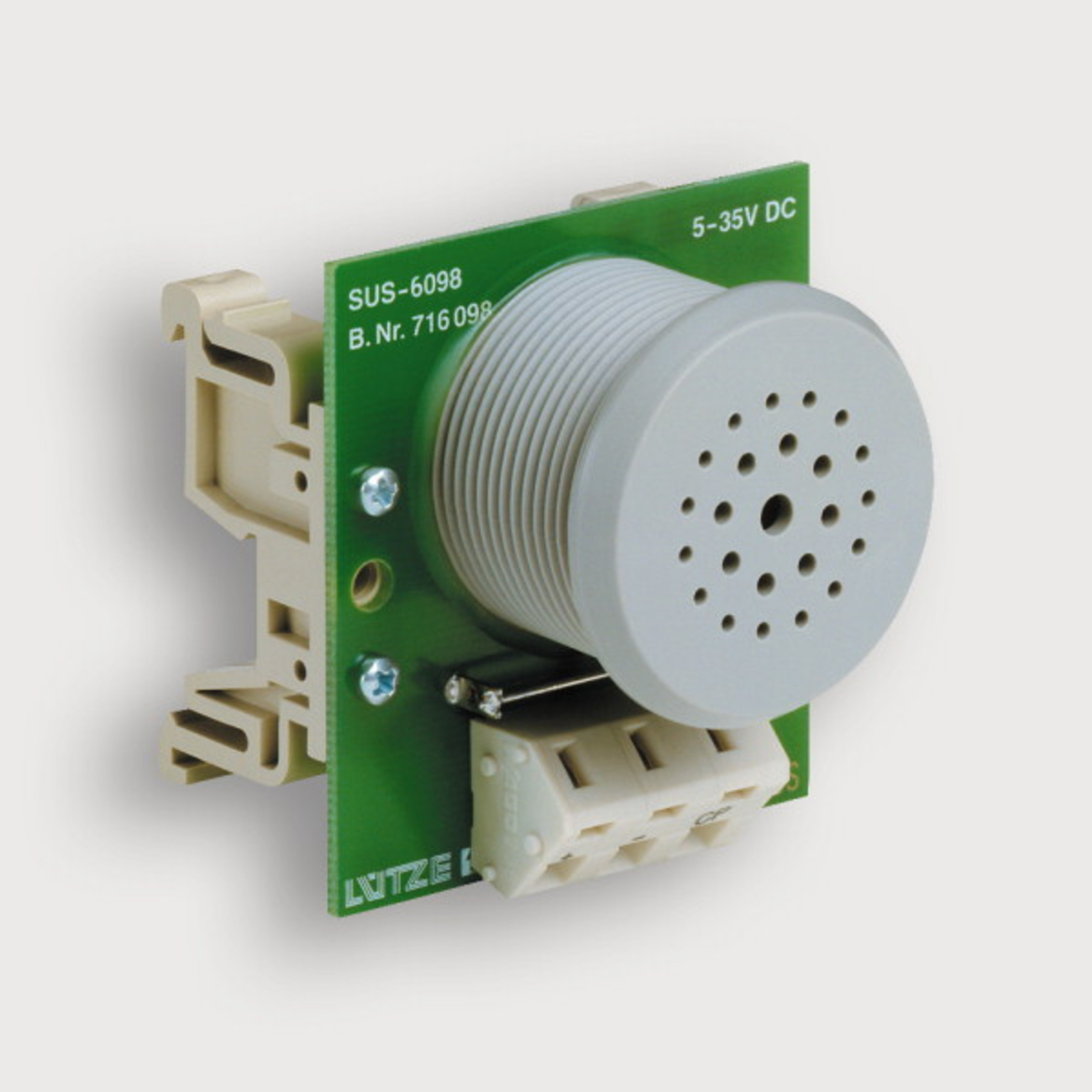
Find this and other Raspberry Pi tutorials on.

Raspberry pi piezo buzzer code#
The detail instruction, code, wiring diagram, video tutorial, line-by-line code explanation are provided to help you quickly get started with Raspberry Pi.
Raspberry pi piezo buzzer how to#
Two jumper wires: We used female-to-female jumpers, but if you are also using a breadboard, you’ll need male-to-male jumpers. Learn how to use motion sensor to control piezo buzzer. Passive Piezo Buzzer: We used these, but any will do. It contains a piezo buzzer that converts an electrical voltage into a sound wave. Here is a wiring diagram for this project: Connect one of piezo leads to ground on the Raspberry Pi. Raspberry Pi Pico: See our article on how to set up Raspberry Pi Pico. Active Buzzer Module 3.3V5V KY-012 YL-44 for Arduino Raspberry Pi DIY. Connecting a piezo buzzer to the Raspberry Pi is a blast, but dont be alarmed. Passive buzzers are preferred for this kind of project because they offer a better range of sounds, though in our testing, both worked.īelow, we’ll show you how to wire the Raspberry Pi Pico to a piezo buzzer and program it in MicroPython to play a short tune. We carry a large selection of open source electronics such as Adafruit, Arduino, Pololu, Raspberry Pi, SparkFun and more. The application, written in Java, starts an HTTP server. This project was inspired by existing RTTTL implementations, but differs from those in that its user interface is Web enabled. Active buzzers will make noise if they are just hooked up to power with no microcontroller involved while passive ones will not. This project shows how to use the Raspberry Pi's GPIO pins to play RTTTL on a piezo buzzer. There are two types of piezo buzzers: active and passive.

Lets talk about the piezo buzzer this is from wikipedia. The KY-006 Buzzer Module can generate tones between 1.5 to 2.5 kHz by switching on and off at different frequencies either using delays or PWM. It doesnt exactly matter what GPIO pin you plug it into to control the frequencies. In this example we take a look at the KY-006 Passive Buzzer Module and connect this to a Raspberry Pi. The extremely-cheap buzzers - you can often find them for less than $1 apiece - are dead-simple to program in MicroPython and can even vary the frequency to produce musical notes. When you want to make different sounds I would recommend using a passive buzzer. Whether you’re building a game that beeps when you lose a turn, an alarm clock that wakes you up or just a cute display that plays 8-bit music, a low-cost piezo buzzer can be a great part of your Raspberry Pi Pico project.

“With a cheap piezo buzzer, you can set alarms or play whole tunes. Date Category Project Tags Raspberry PI Pico


 0 kommentar(er)
0 kommentar(er)
